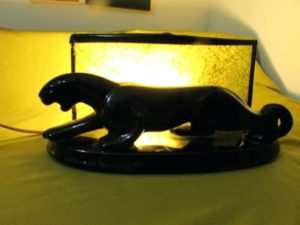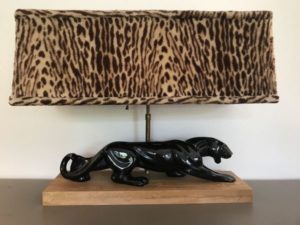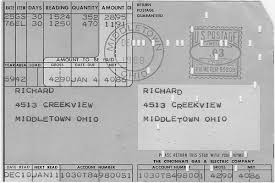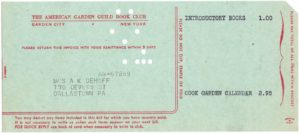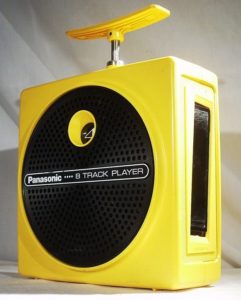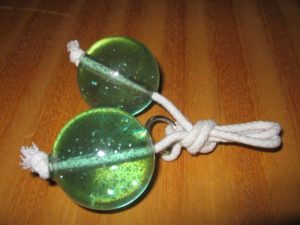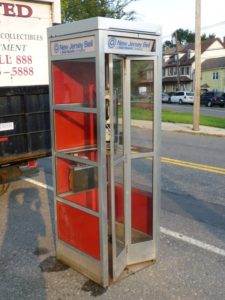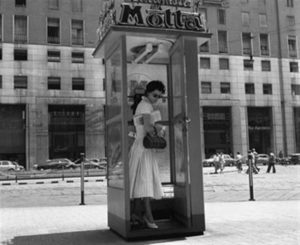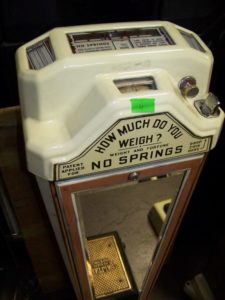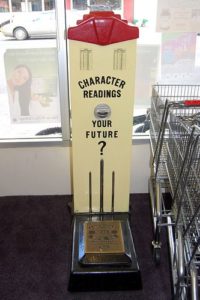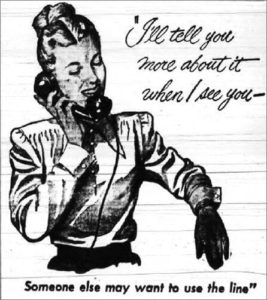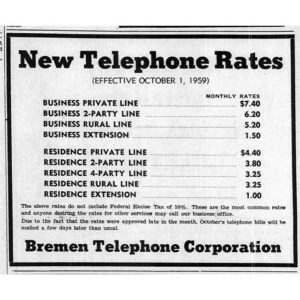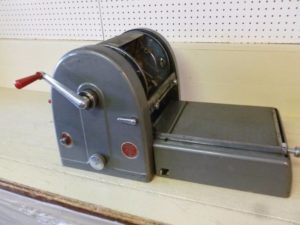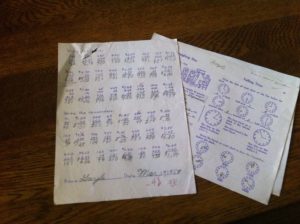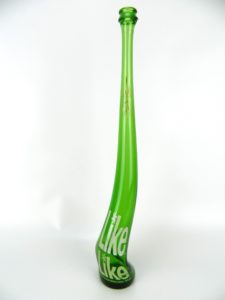
Thanks to Awkward Family Photos for reminding me of this one. Remember walking into the houses of friends and seeing these stretched pop bottles? They definitely had a youthful appeal, so it may have been in the bedroom of a teenager where they might be most readily spotted.
I couldn’t find any history on who first heated up a 7Up bottle and stretched the neck (it was usually 7Up, as I recall). But I know that you couldn’t attend a county fair or carnival in the early 70’s without seeing them offered as prizes at game booths. Stephen C Jackson invented and sold a machine that would make the process easier (and apparently made a mint doing so!).
They might be twisted into spirals, or they might simply be elongated. The straight ones were perfect as vases for long-stemmed flowers made of paper or plastic.
Many had lids, and what was apparently the original contents inside. No doubt they were uncapped, emptied, altered, and refilled and carefully recapped.
The pop bottles stood up well to such abuse, because they were built to be refilled literally hundreds of times. The glass was thick and of high quality.
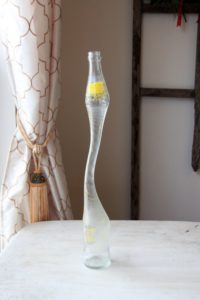
Looking back, pop bottles were a pain. They cost an extra two cents (unless you brought one to trade in), and needed to be saved afterwards, unless one was so wealthy that he or she didn’t mind squandering enough money to buy two pieces of Dubble Bubble.
But oh, what wonderful artistic statements could be made with them!
Speaking of the fairs, that was actually the ONLY place you could find these puppies “new,” as I recall, but a ready supply of them could be found at neighborhood garage sales. In appreciation of the artistic factor, they would generally be sold at more than face value. Of course, you’d be hard pressed to find a grocery store that would take such a bottle in and pay you two cents for it.
The stretched bottles can still be found, but the problem is not just that they are scarce, it’s that pop bottles in general are now rarities. Sure, you can pay a premium price at the grocery store and get a six-pack of 6 oz. Cokes in a carton, but check out the thin glass they are made of. Nope, that’s not the Real thing.
So the next time you’re out yard-saling, keep an eye out for these vintage pieces of Americana. You might get lucky and grab yourself a piece of history that once resided in a youthful bedroom circa 1971.
